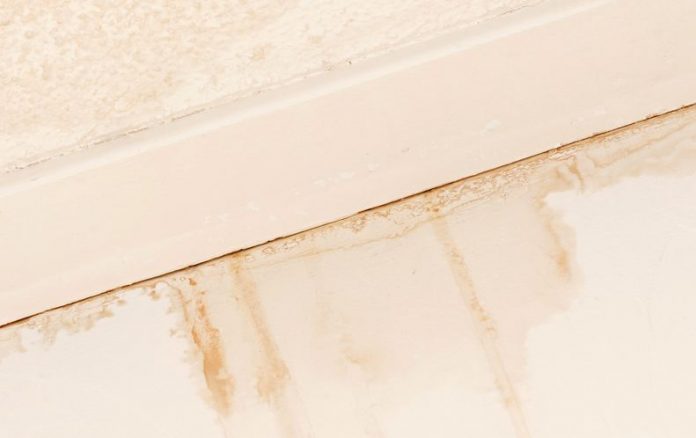FACT: According to a 1994 study conducted by Harvard, 50% of U.S. and Canadian homes had mold problems associated with water damage.
FACT: In 1999, the Mayo Clinic reported that mold could be the cause of nearly all chronic sinus infections.
That’s pretty scary stuff. Not to mention that more often than not, indoor mold is referred to as toxic mold. Those words alone are a little unsettling, to say the least.
We’ve all seen the reports and headlines about toxic molds in schools, work places, and where people live. Even Erin Brockovichs new home made the news with a bad case of toxic mold. It’s not something that should be taken lightly. Indoor mold is definitely a problem that should be recognized and eradicated.
But the news isn’t all bad. Here are some facts you should know and things you should do to address your indoor mold problem — and ease your worry about illness or property damage.
1. In a report put out by the Centers for Disease Control & Prevention (CDC), using the term toxic mold is not correct. Certain molds do produce toxins called mycotoxins, but the molds themselves are not toxic or poisonous. And most of the molds inside a home will not make you seriously ill.
2. Mold is very common and there is virtually some form of it everywhere. Its actually a necessary part of nature. According to the CDC, reports of molds inside homes causing health conditions such as pulmonary hemorrhage or memory loss are rare.
3. The most common physical complaint of living or working near mold is an increase in allergies. Symptoms may include cough, sinus and nasal congestion, sore throat, eye and skin irritation, and upper respiratory infections. The best remedy is to take steps to get rid of the mold.
4. Molds love and grow best in moist conditions. If there has been any recent flooding or water damage in your structure, chances are there is mold growing. Damp basements and crawl spaces are favorite breeding grounds for molds.
Check to make sure there are no leaking pipes, standing water pools, or other moisture-producing environments. If there are, take steps to dry the area out.
5. Keep your home or workspace at a low relative humidity. Health agencies recommend keeping the inside relative humidity between 20-40 percent in the winter, and less than 60 percent the rest of the year. Make sure there is good ventilation. The use of a dehumidifier may help reduce the dampness in your environment.
6. All molds should be treated equally. You don’t really need to know what kind of mold you have in your home or workspace in order to get rid of it. As a matter of fact, most health agencies don’t recommend testing for mold.
Its costly and only ends up telling you what you already know there is mold in your space. It’s best to just start treating the problem.
7. Mold cleanup can be simple or extensive. If your problem is contained within a less than 3ft x 3ft area, most health authorities recommend fixing the problem causing moisture. Then dry everything out completely.
The next step is to kill and cleans up the mold with a spray solution of 1 cup bleach to 1-gallon water. Spray it on; don’t rub it (that will spread mold spores). NEVER MIX BLEACH AND AMMONIA! If your problem is more serious and widespread, contact professional mold remediators.
8. Mold can damage the surfaces it grows on. Over time, porous materials such as wood, drywall, paint, plaster, and paper products can rot, become permanently stained, and weakened as mold feeds on the material. So, don’t ignore the problem. Over the long-term, mold can cause costly damage.
All people are different and each may respond differently to the presence of mold. Some may have a more severe allergic reaction than others.
Those with compromised immune systems, the elderly, and some infants and children may become seriously ill. Although this is rare, it’s better to clean up the problem of indoor mold than take any risk of potential health or property damage.
Mold is a fact of life and something we all have to live with. Indoor mold, however, is not something that should be ignored or taken lightly. It’s true that in most cases mold does not present a serious health risk, but this should not prevent you from taking steps in having it removed.

